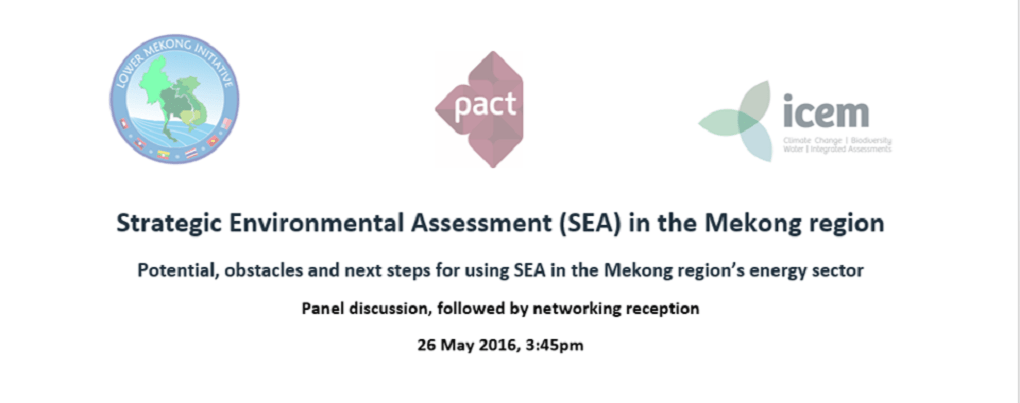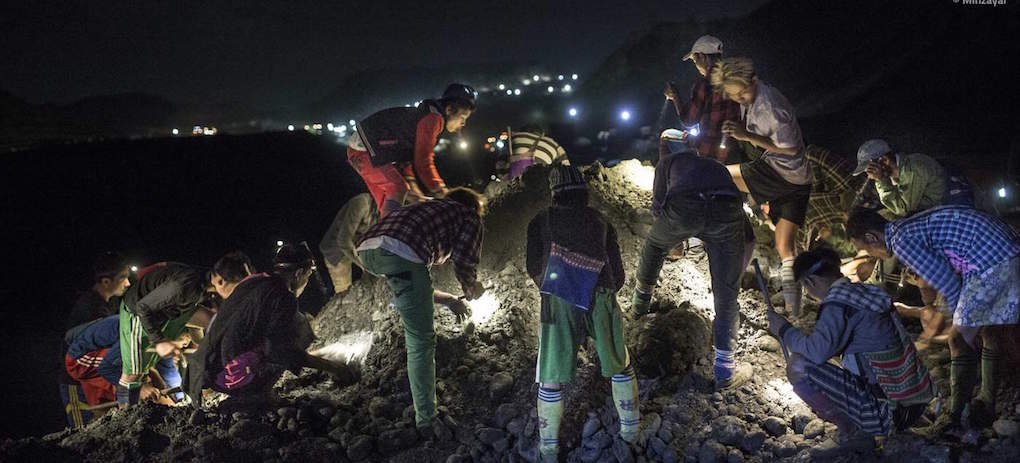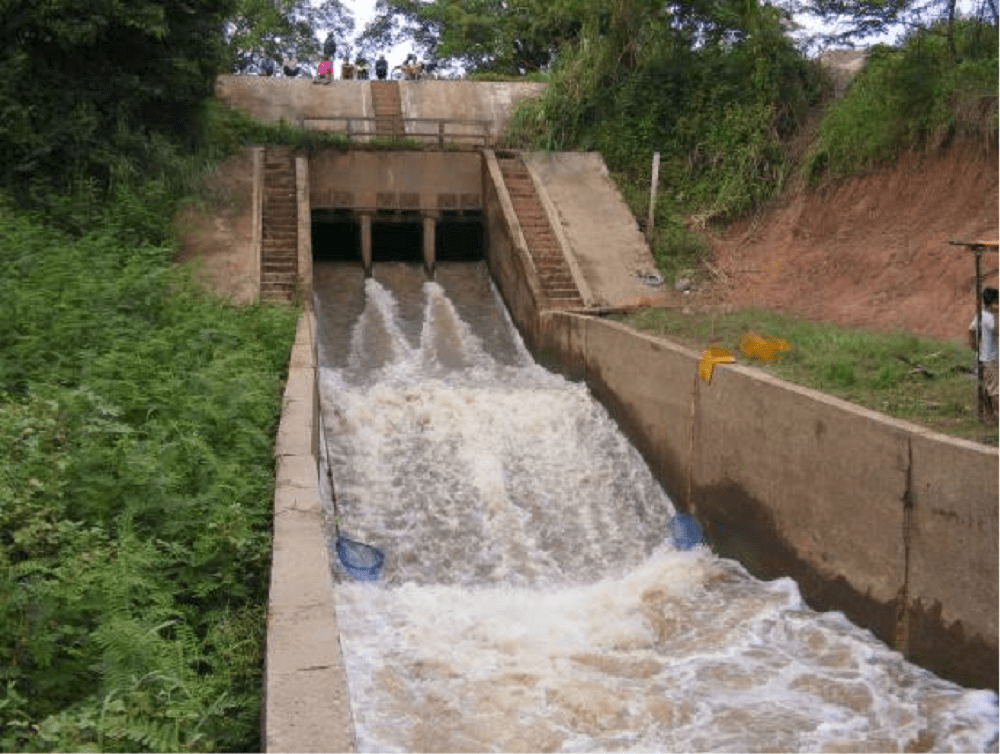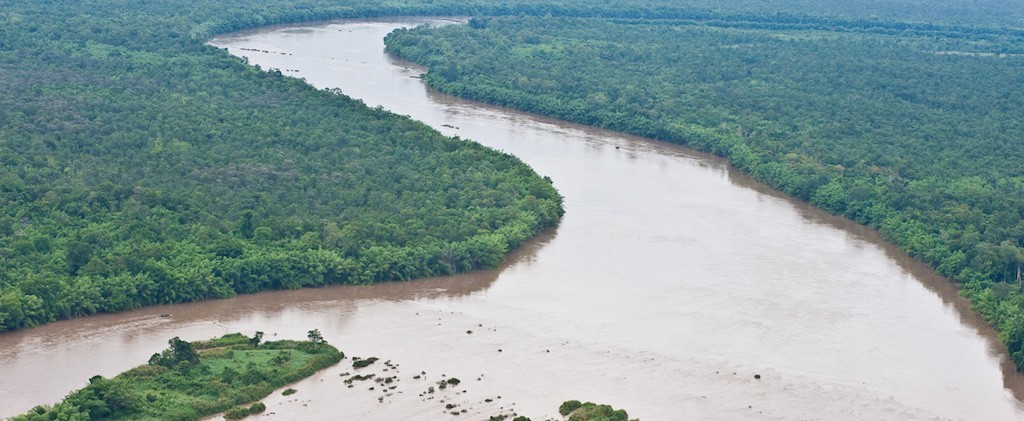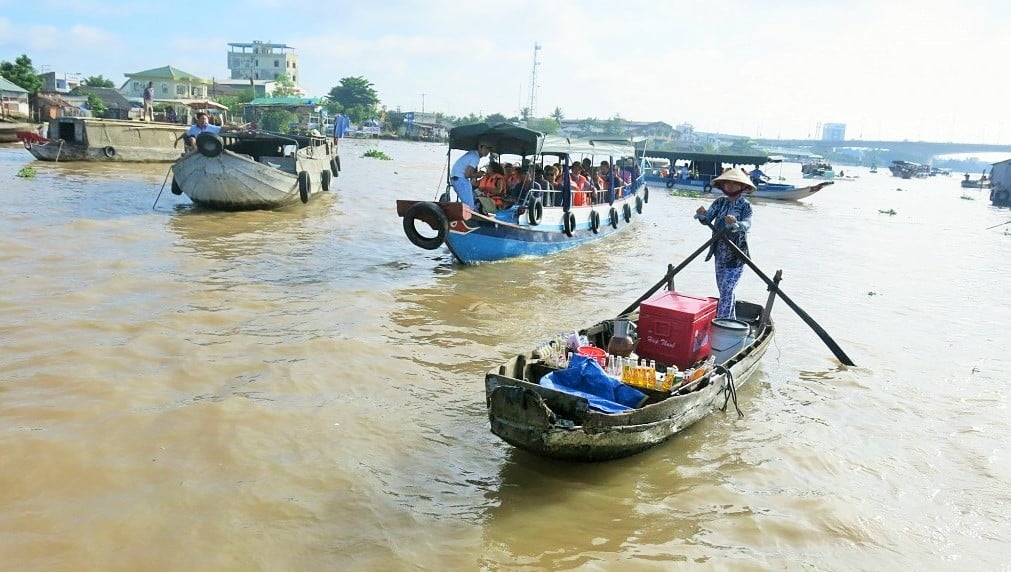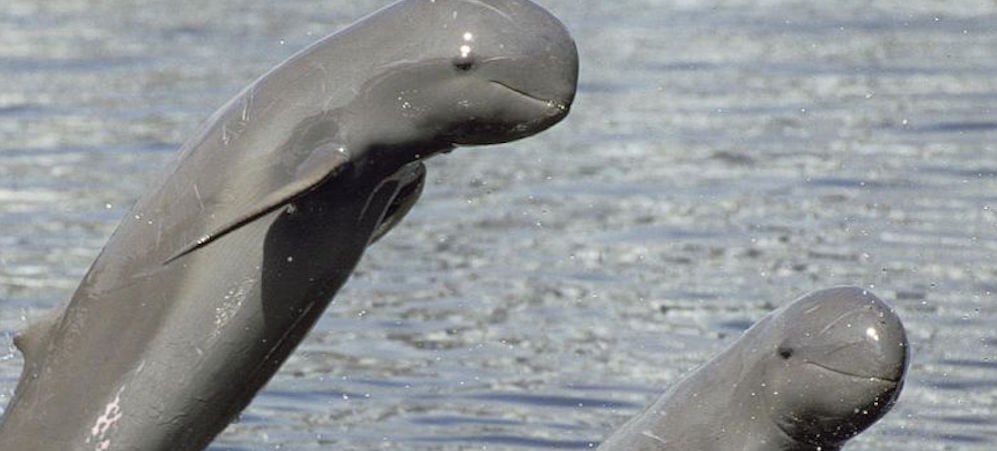On May 26, 2016 Pact and the International Center for Environmental Management (ICEM) invite you to a panel discussion on strategic environmental assessment as it relates to energy investments in the lower Mekong region. The discussion will be followed by a networking reception recognizing 25 government officials from the lower Mekong region who are participating in a workshop on the same topic.
Category: Article
Myanmar Launches First Report on Extractive Industries Revenue
News Release On Friday, March 18 several hundred people gathered in Yangon, Myanmar for the launch of the country’s first EITI report, which provides the most comprehensive data to date on Myanmar’s revenues from extractives; traditionally opaque sectors in the country. Dr. Maung Maung Thein, outgoing chair of the Multi Stakeholder Group that implements EITI […]
Small is worrying: tributaries, ‘small’ hydro and the Mekong hydropower debate
So, last week I attended a meeting held at Can Tho University entitled ‘Sustainable Uses of Mekong Water Resources’. With Can Tho sitting squarely in the middle of the Mekong Delta, and suffering dreadfully from the current drought, the debate was highly emotional. And often very loud.
Participants acknowledged El Niño and climate change as two variables responsible for the absence of rain. But most of the ire was directed at mainstream dams north of the delta.Mainstream dams. South of the China border, none of these are complete, and just two are under construction. The Laotian dams were certainly focussed upon, but most of the concern was with the Chinese dams. Recently, China has released a considerable quantum of water from their dams, with the stated aim of assisting their drought-stricken neighbours to the south. The reasons for these releases were treated with scepticism.
Asia’s Troubled Water
Asia’s water woes are worsening. Already the world’s driest continent in per capita terms, Asia now faces a severe drought that has parched a vast region extending from southern Vietnam to central India. This has exacerbated political tensions, because it has highlighted the impact of China’s dam-building policy on the environment and on water flows to the dozen countries located downstream.
Major Study Warns Planned Dams May Severely Harm Mekong Delta
A major new study warns that a planned cascade of hydropower dams along the Mekong River could cause “very high adverse effects on some of the key sectors and environmental resources in Cambodia and Viet Nam.”
Viet Nam’s Ministry of Natural Resources and Environment has just publicly released “Study on the Impacts of Mainstream Hydropower on the Mekong River”, also known as the “Delta Study.” The study used models to simulate various dam construction scenarios. And the results raise alarm bells for the over 60 million people who rely on the Mekong Delta for their livelihoods.
Dolphin calves born in the Mekong
The Mekong River now has so many dams that one of the worlds mightiest rivers could almost run dry. In the dry season, river levels do in fact become dangerous for the rare river dolphins, Orcaella brevirostris Illegal fishermen and stranding opportunities increase, but the good news this March, as river levels rise again, is that no animals were lost and 3 calves were born near the delta. 688 river guards protect the dolphins and the river in Cambodia and the Lao PDR, and that investment surely must be helping! The WWF report the story here.
Many plants and animals rely on the might flow of the Mekong, with 1100 fish species alone, thousands of insects, mammals, amphibians, birds and reptiles well-known to researchers. The dolphins feed on fish, cephalopods and crustacea, facing intense competition from humpback and bottlenose dolphins when at the coast. Perhaps the 90 or so dolphins in Lao PDR and Cambodia can act as suitable emblems of the extinction possibilities threatening the rainforest and the riverine species. This dolphin is classed as Vulnerable, according to the IUCN Red Book classification, like many others of its order and so many others in the rapidly disappearing habitats around SE Asia.
Energy evolution
Growing awareness of the impact of air pollution and global warming have been driving more investments in energy from renewable sources and moving green energy to the top of many government policy agendas.
In Southeast Asia, finding the right energy mix is a major challenge as countries strive to ensure that economic growth and environmental protection are compatible.
“The challenge faced by developing countries is balancing the cost of electricity and conservation of the environment,” Dr Maximus Johnity Ongkili, Minister of Energy, Green Technology and Water of Malaysia, said at Sustainable Energy & Technology Asia (SETA) 2016 held in Bangkok late last month.
Holding back the sun: Thailand, solar energy and the “base load myth”
Thailand’s Energy policymakers recently announced plans to allow the private sector more access to promote solar power in the Kingdom. But restricting the program to just 100 MW of roof-top installations runs counter to emerging advice from within and experience from abroad, that solar power, and renewables generally are the way forward— not the large, unnecessary energy projects at home and in neighboring countries now driving Thailand’s energy policy.
At the core of this transition is debunking the myth of what’s known as base load: managing that minimal amount of power that is needed 24 hours a day to meet demand. Since electricity demand fluctuates hourly, with peak production in the afternoon when offices, air conditioners, and factories are in full operation, versus the wee hours of the morning when things are more cool and quiet, some power plants run all day long and others just supplement supply when electricity needs rise. Traditional fossil fuel plants have longtime been advanced to service this base load, and Thailand is no different. But techniques in demand management and the ability of solar in particular to meet the high demands during the day can reduce the need for these plants.
Sino–Japanese competition heats up over Myanmar’s SEZs
China and Japan are eager to be involved in massive special economic zone (SEZ) projects in Myanmar, amid rising economic competition in the Greater Mekong Subregion (GMS). Since 2011, Myanmar has rapidly improved its diplomatic relations with the West and Japan in order to broaden its economic relations and mitigate its excessive dependence on China.
Community rights clause not fooling anyone
The right of citizens and communities to protect the environment against harmful development projects is now back in the draft constitution, thanks to fierce pressure by civil society nationwide. So people can relax now, right? Not a chance.
Face it. The military regime is in it for the long haul. Their diktats are the ultimate rules of the land. The community rights clause in the draft will be of no help because it has also been heavily diluted, turning active citizens and communities into state vassals.
Since the beginning of this year, the National Council for Peace and Order (NCPO) has issued a series of orders under the special powers of Section 44 in the interim charter to eliminate legal obstruction and fast-track mega projects. First it was an order to bypass land-zoning laws to speed up the government’s project to create special economic zones in 10 border provinces, which also faces fierce opposition from locals. That was in January.


